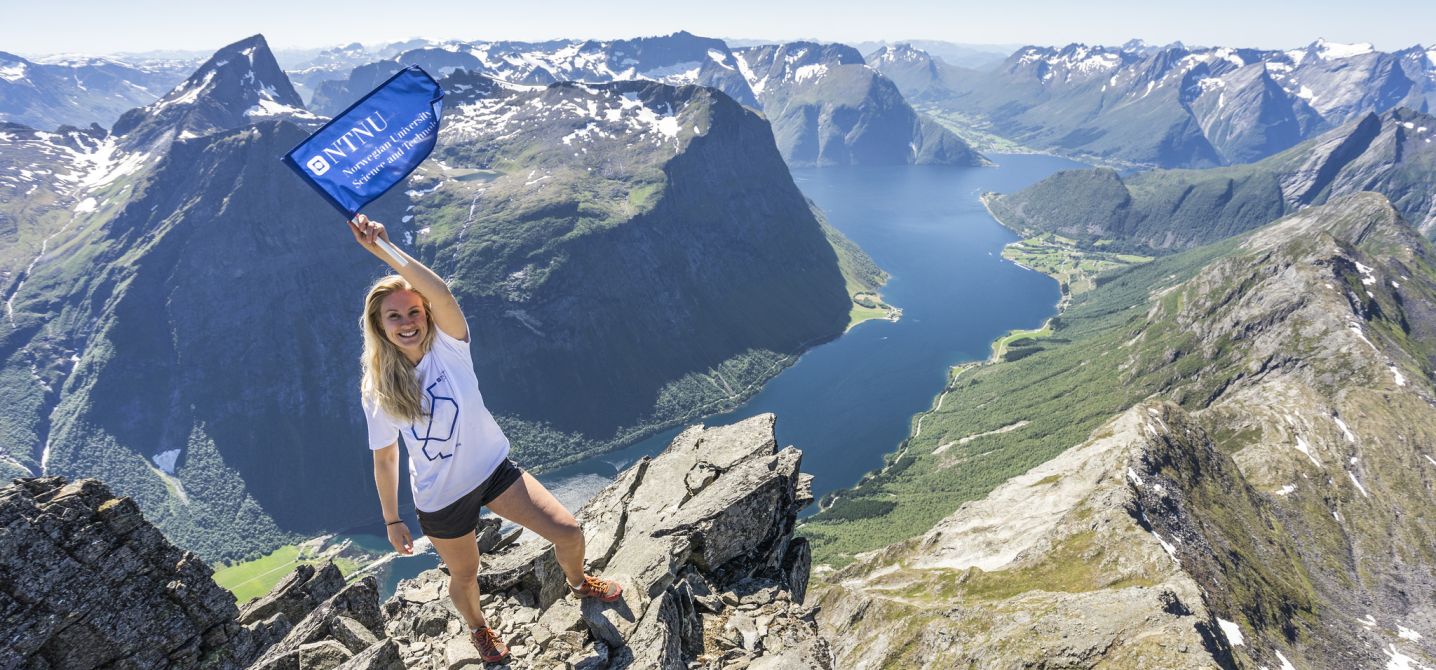Norwegian University of Science and Technology
PhD opportunities
NTNU's PhD positions are continuously posted online. A doctoral degree from NTNU qualifies you for a range of jobs both in the public and private sectors.
Master's programmes
Application deadline:
Non-EU/non-EEA students: 1 December. Please note the tuition fee
EU/EEA / students: 1 March
Nordic students: 15 April
Exchange students
Exchange students who want to take courses at NTNU, or those who want to work with projects, an internship or write their master's thesis.
For refugees
Temporary student places for refugees who have registered for collective protection or received individual asylum in Norway.
Application deadline:
1 December
NTNU Life
News
News and press services: News from NTNU | Norwegian SciTech News from NTNU | Podcast | Expert lists | Press contacts









